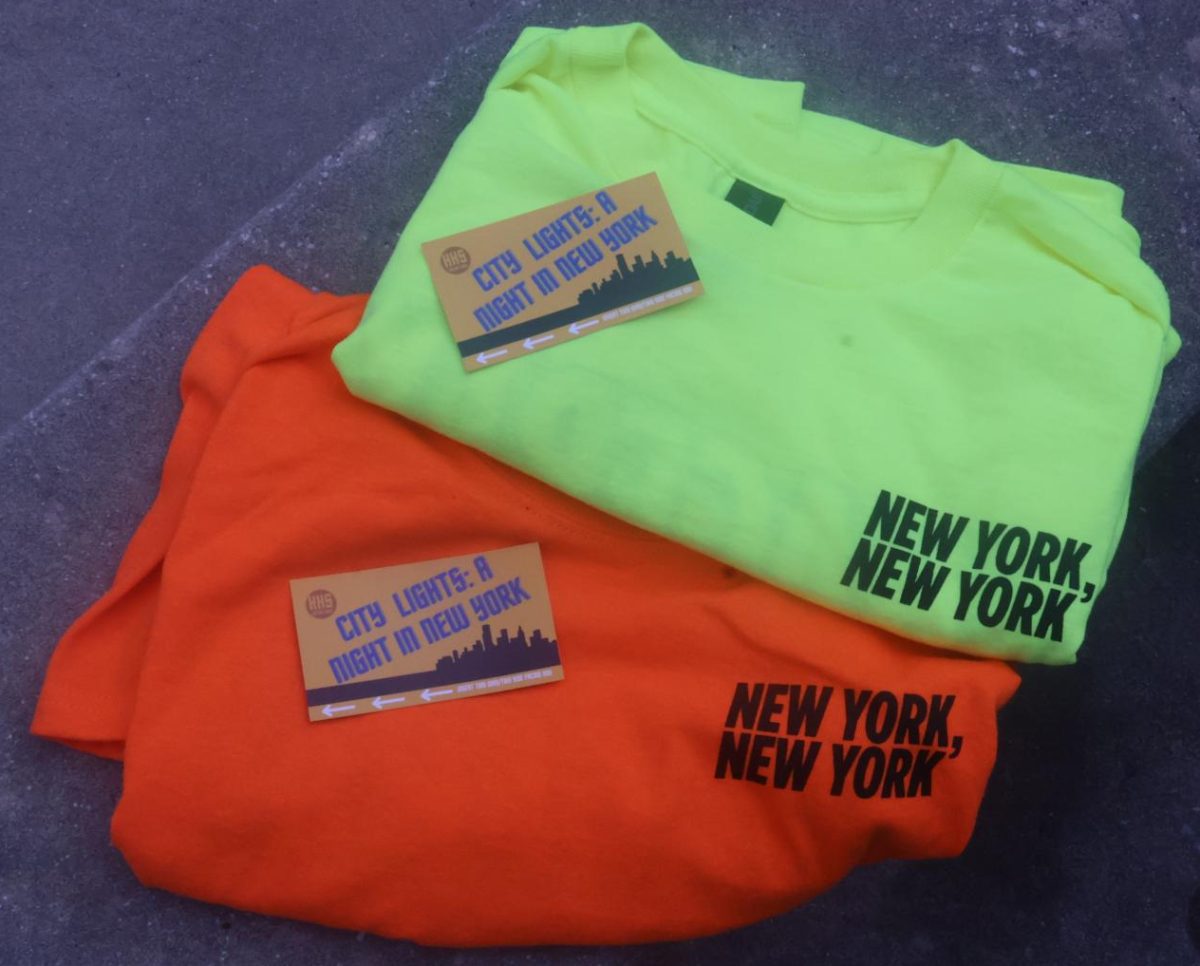Boxes arrive every week at sophomore McKinna Grant’s house—from Shein, Temu and Amazon. While moving to Florida, problems with her family’s U-Haul made Grant lose a lot of clothes, pushing her to find cheaper options to build up her wardrobe. She chooses to buy from fast fashion websites because she can get a lot of clothes without spending hundreds of dollars.
Fast fashion is inexpensive clothing that is produced quickly–Temu and Shein, the two most popular outlets for fast fashion, have gained popularity among students for their low prices and variety of clothing. While Amazon, the biggest online retailer, has recently started getting into the fast fashion market, Temu and Shein are still the best known fast fashion companies.
Some students choose to buy fast fashion often and some buy it once every few months. Sophomore Paige Cann buys things regularly from Shein, Temu and Amazon, while sophomore Morgan Sheridan says she only buys from fast fashion once every few months.
Fast fashion is convenient because students do not have to leave their house to go shopping. A lot of students have a job and some even pay for their own clothes, so students would much rather shop on a website with affordable prices in the comfort of their own home.
Temu and Shein have a larger variety of clothing items compared to other online and in-person stores. This is one of the biggest reasons why students shop from there. The greater amount of available options allows students to find clothing that fits their style. Some students are picky with their style, so the variety of fast fashion makes it way easier to shop for clothing.
“It beats going to the store because of the much larger variety found on each website,” Cann said.
Fast fashion has very quick shipping. If a student has Amazon Prime, they can get next-day shipping, but if not, then Amazon packages take about a week to arrive. Meanwhile, Shein takes seven to 10 days to arrive and Temu has the longest shipping time, which can be up to 22 days. Temu and Shein both have express shipping, like Amazon, but it will not arrive the next day; it will just cut the range of days it may take.
“Their fast shipping is what I’d say is my favorite thing about [fast fashion],” Martinez said.
The biggest reason students buy from these stores, however, is because of the prices. Out of these three, Temu is the cheapest and Amazon is the most expensive. Temu and Shein’s average price for T-shirts is $5-$10, while Amazon’s prices tend to be the same as those in-store. Temu and Shein’s price for hoodies is below $20, but the average price for hoodies in-store or on other websites such as Amazon is around $30-$40.
“Their prices are cheaper than most places, so I can get more things with the same amount of money [if i were to buy clothes elsewhere],” Grant said.
These affordable prices make it easier for students to own more things that they can style; however, students get what they pay for. Although the prices may seem great, some of the quality of the clothing will match those low prices. Shirts bought in stores or on Amazon are mainly cotton–often thought of as a higher quality fabric–but if students buy from Temu or Shein, the amount of dri-fit clothes (cheaper, lower quality fabric) increases. On Shein, some clothing items have a close up picture of them so that students can see the material. Students agree that Shein’s clothing is better quality when compared to Temu. Then again, Temu’s prices are the cheapest—therefore, students can not expect much for a few bucks.
“I was going to wear [this dress] for a few holidays, but the dress felt like it was made of sandpaper,” Cann said.
Amazon may not be known as a fast fashion retailer, but it does facilitate some fast fashion brands. With some of the new products they are selling, the company is getting some of the negative feedback that comes with fast fashion. Critics say that they do not care for their workers or the planet because of the mass amount of items they are producing. Likewise, Shein has also been accused of exploiting child labor. Temu and Shein are both owned by Chinese companies, where unfair wages and lower standards for labor are common. China is the biggest clothing exporter in the world, which is the reason why they have a large variety and have cheaper items than most online retailers.
Many students have had bad experiences where they have bought something and did not get what was shown in the picture or said in the description. Some students also did not receive what they bought.
Once when sophomore Ana Martinez bought five hoodies, she only got four and they were “horrible” quality.
These are not problems just for fast fashion though–in general, many students do not really know the quality of what they are buying when they purchase clothing online rather than actually going to the store in-person.
“I would say the disadvantages [of fast fashion] are something that can be shared across pretty much all online shopping platforms,” sophomore Paige Cann said.
Fast fashion has advantages and disadvantages, but students still love to shop on these websites. For fast fashion consumers, the prices balance out the quality, and the quick shipping and variety balances out for the questionable products.
“The last time I used fast fashion was a couple weeks ago,” Cann said. “I was looking for costumes that would go with my film characters. They were good quality for a cheap price so I ended up getting four costumes. I would do it again, and again, and again.”
Facts about Fast Fashion by Angelina Habib








